House of Horvath, located on 77 Ossington Avenue in Toronto, Canada has been essentially making cigars since before the Great Depression. Though the popular ‘Ossington strip’ it’s located on has gentrified and transformed dramatically over the past two decades, the ‘little cigar company that could’ has stayed put and has continued to push onward into the decade ahead, making quality cigars with their seasoned rollers and the assistance of their ‘pre-Castro-era’ cigar machines.
Initially established as the Ontario Tobacco Company in 1932 by Hungarian immigrant Joeseph Horvath Sr., the company ultimately transitioned into being known as ‘House of Horvath’ in 1977 under son Joeseph Horvath Jr. and has been successfully manufacturing, importing and distributing quality cigars ever since. Recently, we caught up with Colm O’Shea, Executive Vice President at House of Horvath (who alongside wife Cathy, oversee all operations at the decades-old Toronto cigar institution) to talk a bit about the history and the future of House of Horvath, as well as the questionable future of the tobacco industry in Canada.

Colm O’Shea with wife Cathy
A Toronto Cigar Story
TGF: Colm, can you give us a little background on Joseph Horvath Sr.? How did he become interested and involved in tobacco and cigars and what regions did he source the tobacco from?
HOH (Colm) : Cathy’s grandfather, Joseph Horvath Sr., emigrated to Canada from Hungary in 1927, at the age of 18. He began his career in retailing as an owner/operator of a convenience store in Toronto, (called The Blue King Tobaccos Cigar Store). Most of his sales came from tobacco products produced by companies such as Imperial, Benson and Hedges, Macdonald Tobacco and others. By nature, he was an entrepreneur and innovator and so he began producing his own fine cut and pipe tobacco blends in his garage, buying his tobaccos from farming friends in Delhi and Simcoe Ontario. Within a couple of years, the sales of his homemade tobacco products accounted for more than half of his store’s sales. This encouraged him to become a manufacturer. In 1932, he bought a small factory in Toronto and founded his manufacturing operation, the Ontario Tobacco Company Ltd., where he continued to produce pipe and cigarette tobaccos as well as handmade cigars. Shortly after the second world war, he bought cigar-making machines.

The Ossington Facade of the Ontario Tobacco Co.
TGF: Colm, what cigar shapes and sizes did HOH first produce back in the 30’s? What kind of cigars did it become known for in the decades that followed?
HOH: The original cigar brands, produced in the 1930’s by Cathy’s grandfather’s company were called Norma, Budgie, Topper and King Edward. He became known for his machine-made cigars. His first big hit as a manufacturer was with the Topper brand: Topper, Wine and Rum Soaked Perfectos (Imperial Tobacco later created a similar offering called Old Port Wine Flavoured, Rum Dipped Panetelas). His second big seller was King Edward (with holders). Joseph Horvath Sr. was the first to affix a cigar holder on each cigar. (Imperial Tobacco followed suit with a cigar called Lord Tennyson and today many brands have plastic tips).
From Seed To Cigar: A Unique Time-Honored Process
TGF: Can you give a little more info on what ’machine-assisted’ means in regards to how HOH makes cigars?
HOH: When you understand our cigar making process it becomes very clear – the process is hand assisted.
House of Horvath are importers of both raw leaf wrappers and filler tobacco. To save on tax and customize our tobacco, we import our tobaccos dry. Our production manager contacts our family friends (aka, tobacco Farmers) and receives their offers. At this point it is important to ensure that the type of tobacco (Seco or Volado), the tobacco grade (grade 1st prime or 2nd prime) and the consistency of the tobacco – is suitable for our cigar types. Of course, weight, volume and price are also factors. As our cigars are made on machines, it is important to receive leaves that are >16 inches. This provides us with the most yield in our production process. We maintain several months of tobaccos in our warehouse, in our cool and humid storage. We have a full-time tobacco manager who has the responsibility of bringing our fillers and wrappers back to life. By adding water and casing the tobacco, the tobacco manager effectively brings back colour, moisture and taste to our tobaccos. Wrapper tobacco is placed in bails which are turned (rotated) regularly to provide the best consistency and colour for our wrappers. He ensures the wrapper is strong yet tactile enough to be handled and applied to our rolling machines. To not underline this step would be to ignore the sensitivity of the over 75 year-old craft machines. The filler follows a similar path to the wrapper. However, some of our filler is blended outside the country and the rest is blended by our team here in the factory. The responsibility of our tobacco manager when handling filler is to maintain the same taste profile that our brands have enjoyed for over 30 years. The tobaccos are treated and blended to replicate the first cigar we ever rolled. The process of treating the tobaccos (wrapper and binder) takes weeks.
Once the blends are prepared and the wrappers are moistened, the wrapper is sent upstairs where it is handed to our tobacco stripper. The wrapper leaf comes in whole having both a right and a left side and is held together by the middle vein. The stripper is responsible for removing the center vein, leaving us with a right and left side. Our machines are divided into right and left machines. It is absolutely magical to see the tobaccos meet the machine and meet the cigar maker. The filler is held in a gravity feed hopper. Simple vibration shakes down the appropriate amount of filler; the filler is wrapped with a homogenized tobacco leaf (HTL) which acts as the binder; wrapping the filler for the first time. The binder cigar is rotated and another yet smaller HTL is added to the foot of the cigar to keep the foot of the cigar closed. On the back end of the machine is the roller, who prepares the left or right-side wrapper for its bunch. It’s a form of ballet dances to the sounds of Pre-Castro cigar machines. If done right, the cigar is placed in a tray, if not the cigar is discarded, and its parts are reclaimed.

Antique yet fully functional scale at HOH
The responsibility of our tobacco manager when handling filler is to maintain the same taste profile that our brands have enjoyed for over 30 years.”
At the end of the day, all the production is placed into the Marrying Room where it will sit for months. The job of the Marrying Room is to harmonize the moisture; you see each part is treated separately when joined together to form a cigar that have different parts with different moisture content. To smoke a cigar off the factory floor could be embarrassing; coning inside or burning along one side due to the different levels of moisture. A more romantic story comes from the artisans themselves who suggest something magical happens in the Marrying Room. The Marrying Room maintains a consistent humidity and temperature. It is a quiet room, where the cigars rest. The floor manager knows which cigar is for what brand. It is hard not to believe there is magic at work. The sweet floral smells of the newly finished cigars seem to calm and relax anyone who stands in this room. Its spiritual in its stillness.
When the time is right, the floor manager will remove the cigars and bring them to the processing station. At the processing station cigars run through our piercing machine; where the cigar is given an opening. In addition to adding a drawhole, the supervisor provides a second inspection for any imperfections. Imperfects are removed from the batch. From this stage it is on to the packaging machines. The cigars are banded then encased in cellophane and placed in its box. If the cigar happens to be a Bances Deluxe (our very first cigar), it’s is taken to the special handling table where the cigar is enveloped within a cedar strip (for added humidity) and placed into an aluminum tube.
Prior to arriving at our factory, our tobaccos have been touched by many hands, once it has finished our processes it has been touched by many more. Machine assistance is a reference to our factory workers being skilled professionals. They need to understand tobacco and its properties to effectively handle tobacco and operate cigar rolling machinery. Our team is both craftsmen and artisans, their efforts produce our wonderful cigars.

Tobacco Farmer Homage: Wall Mural Outside 77 Ossington
TGF: When did HOH begin importing and distributing international brands of cigars?
HOH: I believe one of the fist cigars made we ever made Internationally was the Selecion Privada. Joe Horvath Jr., with the help of his close friend Manuel Quesada (the original Cuban owner and maker of Fonseca and Casa Magna) created Selecion Privada back in 1980’s. We started importing from Frank Llaneza (the original Cuban owner of Belinda, Punch, Hoyo de Monterrey, Flor del Caribe and Bances cigars) in the late 70s early 1980s.
Machine assistance is a reference to our factory workers being skilled professionals. Our team is both craftsmen and artisans, their efforts produce our wonderful cigars.”
Rolling With The Punches: Government Regulation
TGF: How has HOH ‘rolled with the punches’ of government regulatory over tobacco over the years? Has there been any major roadblocks to mention of?
For the past 20 years, House of Horvath realized that the cigar industry of the 1930’s and 1950s was no longer the darling of the government as they began lumping cigars with cigarettes within their regulations. For the first 15 years, our sole lobbying purpose was to make the distinction between cigars and cigarettes. That effort helped create the two standardized Health Warning Labels we use today. In 1998, House of Horvath partnered up with Havana House and STG (formerly Old Port Cigar company) to form the ad-hoc coalition called the Small Guys Cigar Group. We have worked together on many issues over the years including; Excise taxes; , C32, S-05, a roller coaster of provincial tax rates, advertising banning, promotional activity banning, display bans, tobacconists exemptions, smoking bans, cigar lounge exemptions, contraband, inter-border trade, flavour bans, packaging restrictions, along with a whole host of other regulatory controls.
Together this cigar group meets regularly to fight the industry’s fight. Together we have hired the assistance of two lobbyists. The costs of their services over the past 20 years exceeds a million dollars (combined).
To this day we are still working with the SGCG on Reporting, Tax and Plain Packaging issues.
TGF: How does HOH view and prepare itself for the increased tobacco regulations that are coming down the pipeline involving plain packaging (generic cigars with no label branding on the stick or box allowed)?
HOH: We have always supported the plain packaging of cigarettes, but we view the equal application of the regulations on cigars as wildly over-the-top excessive government overreach. We expect the nature of the business will be turned upside down – by their very design. Health Canada acknowledges that at least 50% of the cigars available today will be nullified. So, the first thing is to identify what stays and what has to be rationalized. The goal is to maintain choice for adults that the government is (admittedly) placing limits upon. Freedom of choice is critical in an open society, so our goal is to maintain as much choice for adult Canadian consumers as possible. Although we don’t feel the consumption of cigars will be reduced, as we understand the nature and attitudes of our consumer; they enjoy the occasional cigar and will even go out of their way to get it. The Plain Packaging regulation is more an administrative burden and inconvenience. In the end our goal is to protect the Canadian brick and mortar tobacconists and retailers.
TGF: What in-house cigars does HOH pride itself on and what are some key features to these cigars?
HOH: I’d say Bandi. The plan with them has always been to provide as much of the premium experience as possible in a machine-made value brand. Also important is Bances. For over 35 years Bances was a clear Havana – which means made with Cuban tobaccos outside of Cuba. Only 2 countries carried that distinction and only a very few companies were allowed to produce a clear Havana – House of Horvath, through its smooth contact with our tobacco brokers and producers have kept this tradition on for 35 years and counting.
I would say the key feature of our great cigars is the people who make them. Just last month one of our employees celebrated their 30th year and another employee will be also celebrating their 30th year with us this month. Consistency in manufacturing provides consistency of product.

Today, the Ossington Strip is a hotbed of activity, like Bellwoods Brewery for instance.
Freedom of choice is critical in an open society, so our goal is to maintain as much choice for adult Canadian consumers as possible.”
TGF: Colm,What kind of cigar (brand, style), do you favor yourself to smoke?
Hahahaha…. No, I would never touch the stuff.
All kidding aside, cigar smoking for me has been a 35 year relationship. It began for me during my university fraternity days. Cigar Smoking followed me to my banking days downtown, when in the late eighties and early 90s, cigar smoking had its renaissance. In 1993 I joined my wife’s family business and a cigar, and a cigar ashtray was a fixture on my desk like a computer is now.
Having begun smoking 30+ years ago I believe I am partial to coronas. I feel they are a tricky configuration that relies greatly on the perfect balance. Lack of fat diameters leave little room for error when blending. Over the years, I have found myself somewhat enjoying larger ring gauges i.e. robustos, toros and corona gordos. These ring gauges help the cigar when smoking a complex blend.
Thankfully I do not have one favourite cigar. I find the enjoyment of cigars is found by having an open mind. The manufacturers outside Cuban, like Nicaragua, Dominican and Honduras have created some fantastic smokes with complexities never carried in the past. This said, there has been a rebirth of traditional style cigars like the Joya Classico or the Leon Jimenes, which I find most interesting and reminiscent of the taste of old-style cigars. The flavour is not meant to be complex and the strength not meant to be beyond a medium. These traditional cigars are nostalgic to me.
Kurt, I should point out that although I gravitate to the comfort of a smooth cigar there is no question that some of the heavier weighted flavour cigars are special too.
TGF: Colm, as always, it’s been a pleasure chatting with a seasoned industry insider like yourself. Your passion for cigars is so very evident! Let’s enjoy a couple of House of Horvath cigars now, shall we?
HOH: Sounds like an excellent idea.
– Kurt Bradley
House of Horvath is located on 77 Ossington Avenue in Toronto, Canada M6J 2Z2. Phone: +1 416 732 0264. For more information, visit www.hofhcanada.com. To arrange for a tour of the factory and historic location, visit www.hofhcanada.com/contact.
Recommended Pairing: Gooderham & Worts Little Trinity 17 Year With House of Horvath Honduran Robusto

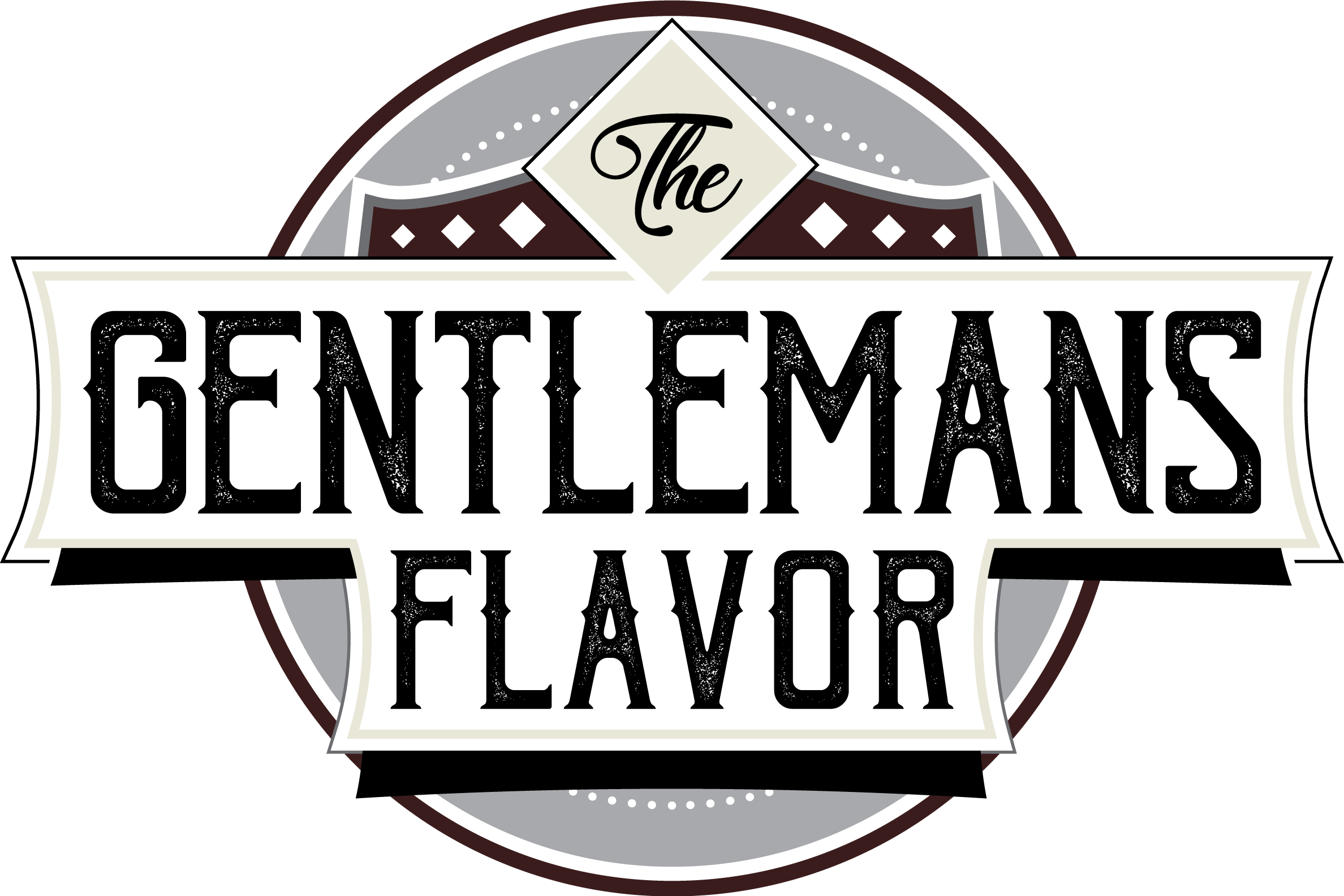
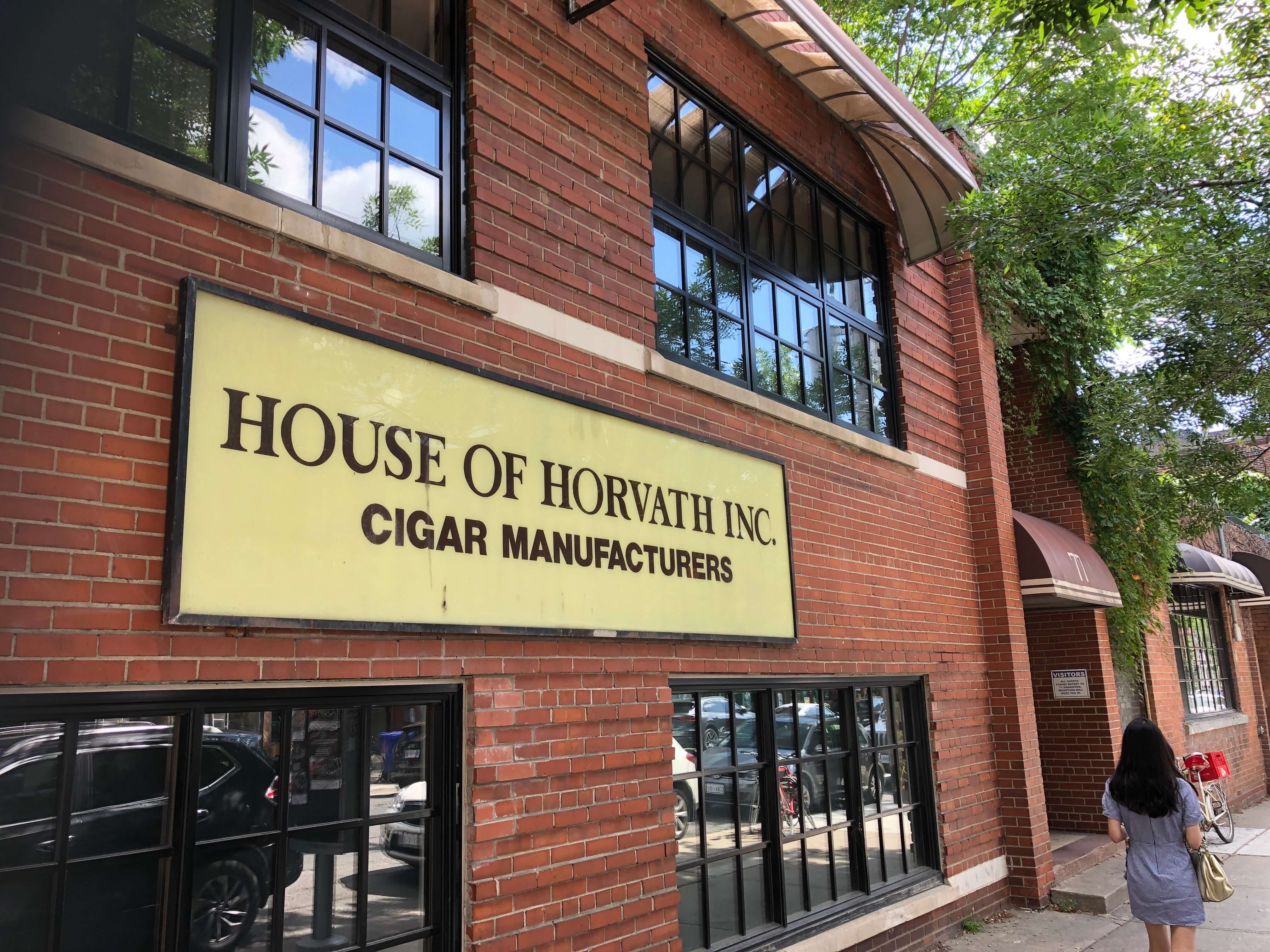







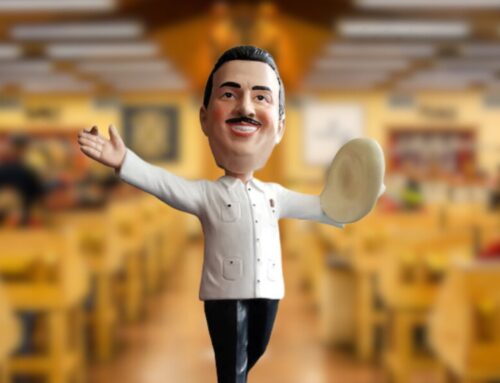
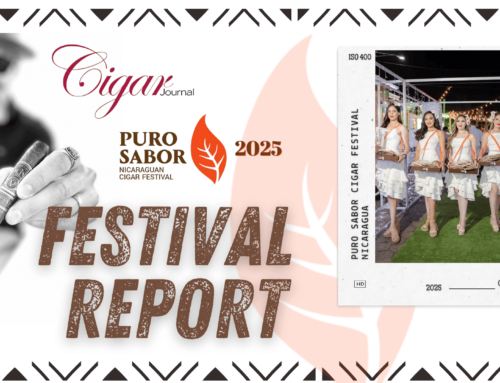
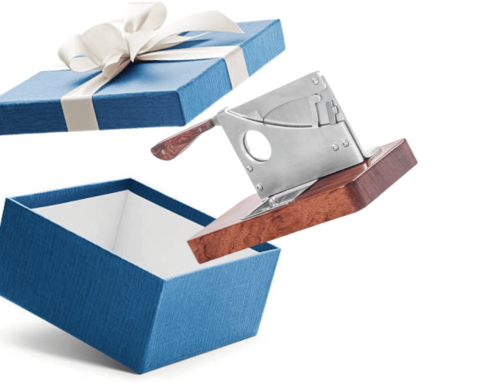
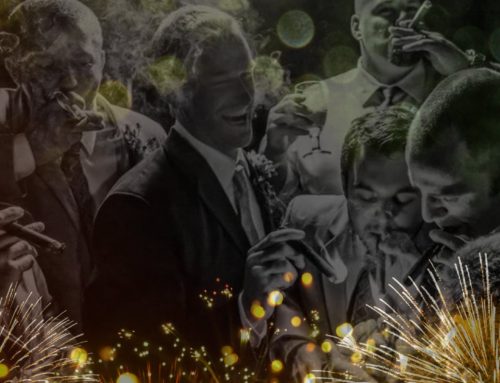

My father started me appreciating cigars through giving me a Horvath blend he liked smoking. Happy to see they’re still there. Toronto cigar culture needs more of this.
Where can I purchase Bandi cigars in North York ON.? Not having any luck trying to find out. Thanks
I live in Texas and smoked several while fishing in NW Ontario- one of best I have smoked and have a ton of choices here. Going back to fish again this year and telling my buddy in Oakville to please buy more- did not have a ring so have no idea what I smoked